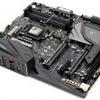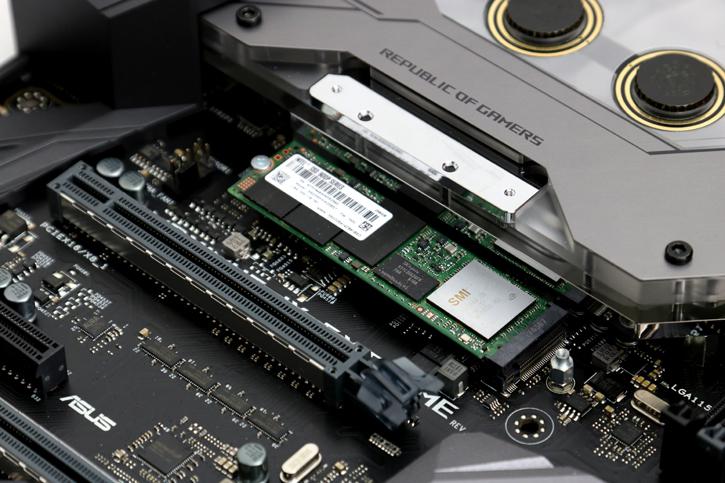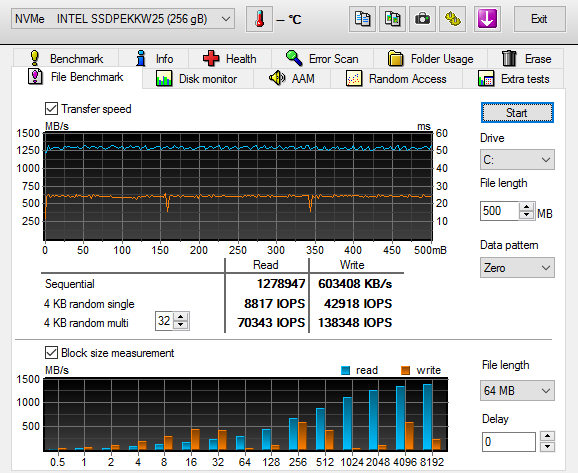Performance - M.2 PCI-E SSD Storage Performance
M.2 PCI-E SSD Storage Performance
Aside from its naming, I am pretty stoked about M.2 as I have checked out what it can do and immediately got excited. I think M.2 will be wider adopted than SATA Express this year because it is easy, handy, transferable to any M.2 ready PC and it doesn't need complex RAID setups. That brings small form factor add-in SSDs to our desktop PC platform at blazing fast speeds. There is an abbreviation for that, NGFF (Next Generation Form Factor). It is not just that though, SATA3 has not been amongst us for that long, but the SSDs evolved in a very fast manner, making SATA3 already a bottleneck for current generation SSDs as SATA3 SSDs end at roughly 570 MB/sec in terms of read/write performance.
Above, the Intel SSD being seated into the M.2 Slot
Original M.2 PCI-E SSDs are merely small form factor SSDs that communicate over your PCI Express lanes, giving it 10 Gbps of bandwidth, eliminating SATA3 bottlenecks. The cool thing with recent motherboards is the increased bandwidth to 32 Gbps by using a x4 PCIe link.
M.2 PCI-E links directly to your PCI-E lanes and, as such, is an interface with much more available bandwidth. You can expect performance in the 2500 MB/sec range with these products. The Intel Intel 600p 256GB is a unit rated @ 1.570/540MB/s.



